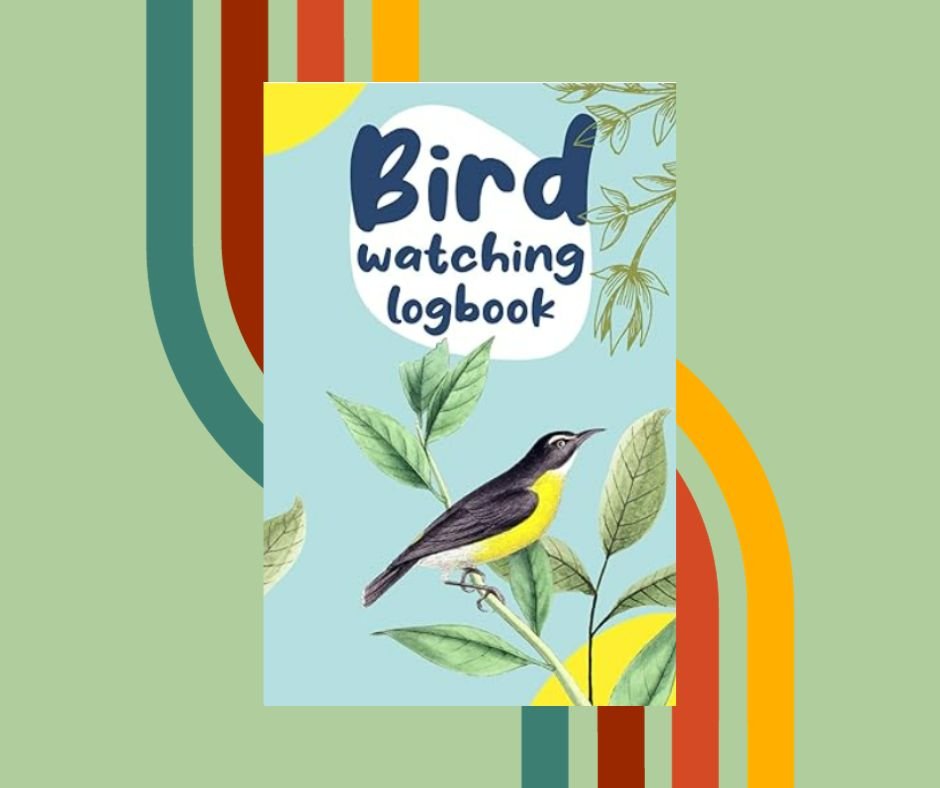Are you an avid birdwatcher seeking a dedicated tool to document your avian encounters systematically?
Your search ends here with our newly launched Bird Watching Log Book, a comprehensive journal tailored for bird enthusiasts like yourself.
This article not only explores the key features of this logbook but also provides insights into the world of birdwatching, offering a delightful blend of facts and advice to enrich your birdwatching experience.

Structured Birdwatching Pages for Comprehensive Recording
Our Bird Watching Log Book boasts meticulously crafted pages, each designed to capture essential details of your bird sightings. From date and time to habitat, GPS location, weather, and temperature, these structured pages ensure you record all critical information, enhancing the overall birdwatching experience.
Bird Identification Section for Precision and Depth
The journal includes a dedicated section for bird identification, allowing you to classify each bird with precision. Delve deep into the specifics, noting the bird’s name, type, and distinctive features like beak shape, tail shape, and feather markings. This feature transforms your logbook into an invaluable resource for understanding and identifying the diverse birds you encounter.
Location Matters: Categorizing Bird’s Preferred Spots
Categorize the bird’s location into sections such as tree, ground, water, bush, feeder, and fence. This information provides insights into the bird’s preferences and behavior, fostering a deeper understanding of their habitats and habits.
Beyond Plumage – Beak, Tail, and Leg Characteristics
Documenting the unique beak and tail shapes, as well as leg characteristics, adds valuable layers to your observations. This information aids in species differentiation and provides insights into the bird’s feeding habits, flight patterns, and locomotion.
Colors, Markings, and Actions: Artistry in Observation
Describe the bird’s coloration, special markings, or patterns, adding an artistic touch to your observations. Note interesting actions or behaviors during your encounters, such as singing. This comprehensive approach transforms your logbook into a canvas capturing the dynamic beauty of the avian world.
A Journal Beyond Words: Sketches, Photos, and Feather Notes
Our logbook provides space for attaching photos, making sketches, or storing feather samples as visual memories of your bird sightings. This feature elevates your birdwatching journal from a mere record to a cherished keepsake of your adventures.
Compact Traveler Size for On-the-Go Birdwatching
Measuring 6″ x 9″ (15.24 x 22.86 cm), this logbook is designed for portability. Easily fitting into your bag or backpack, it ensures you can carry it with you on every birdwatching excursion, making it the ideal companion for the wandering bird enthusiast.
The Joy of Birdwatching: Facts and Advice
Advice for Aspiring Birdwatchers:
Interesting Facts About Bird-Watching:
Historical Facts:
Conclusion:
Capture the beauty and wonder of the avian kingdom with precision and style. Our Bird Watching Log Book is not just a journal; it’s a keeper of memories and a source of knowledge that grows with every observation. Seize this opportunity to enhance your birdwatching experiences and preserve them for years.
Order your logbook today and embark on a journey of discovery and delight in the world of birds. Happy birdwatching!




